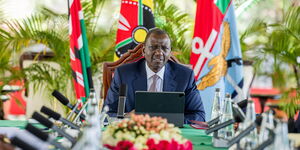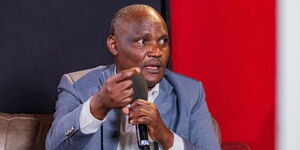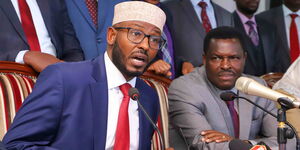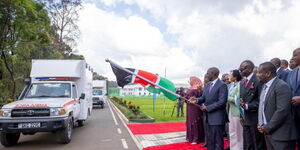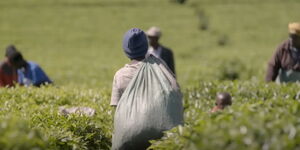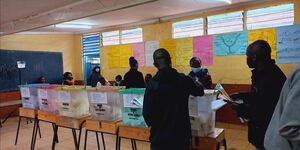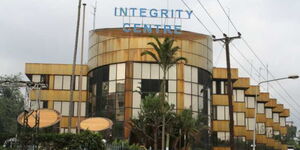Challenges that refugees in Kakuma have been facing following the US government's foreign aid cuts are set to intensify after the Donald Trump administration moved disaster response responsibilities from the US Agency for International Development (USAID) to the Bureau of Population, Refugees, and Migration (PRM).
USAID has contributed to humanitarian aid in Africa, including Kenya, and has funded healthcare, food security, and disaster response programs for many years. It has been known for its swift action during crises, and Kakuma, Kenya’s largest refugee settlement, has been a big beneficiary.
PRM, which handles refugee issues and works to reduce unlawful migration, will now assume the functions of USAID, the US foreign aid agency that President Trump has been dismantling since he took over leadership.
Excerpts reviewed exclusively by Reuters from a cable known as an ALDAC, which stands for "All Diplomatic and Consular Posts," revealed that many changes will be seen under PRM, including overseas missions consulting with it on foreign disaster declarations.
According to the excerpts, PRM will decide whether a foreign occurrence is a disaster or not. It will then decide on the amount of money the US government will give, deciding whether to add more funds or not.
If PRM agrees that the situation qualifies for international disaster assistance, they can release up to Ksh13.2 million ($100,000) to help with the initial response.
However, if the disaster is severe and requires more aid, PRM will consult with other offices in the US State Department to decide whether additional funds should be provided based on the level of humanitarian need.
"With approval from PRM based on established criteria for international disaster assistance, up to $100,000 can be issued to support the initial response. Additional resources may be forthcoming based on established humanitarian needs in consultation with other State Department offices," the excerpts read in part as quoted by Reuters.
According to sources privy to Reuters, only 20 experts out of the roughly 525 who did the work at USAID's Bureau of Humanitarian Assistance and its Office of US Foreign Disaster Relief are being hired by PRM.
This casts doubt on disaster response in affected countries, as the sources raised concerns that "they do not understand disaster response."
The shift of USAID’s responsibilities to PRM has raised concerns about the future of humanitarian aid in Kakuma Refugee Camp, other Kenyan and African beneficiaries, who have been largely relying on USAID for food, healthcare, and essential services. Already, concerns have been raised, with the refugees from Kakuma protesting and decrying a decrease in Aid supply.
The concern is that PRM does not have the same experience in disaster response as USAID, which previously handled these situations. Experts worry that this process could slow down aid distribution and limit the amount of assistance available to affected countries, including those in Africa.


